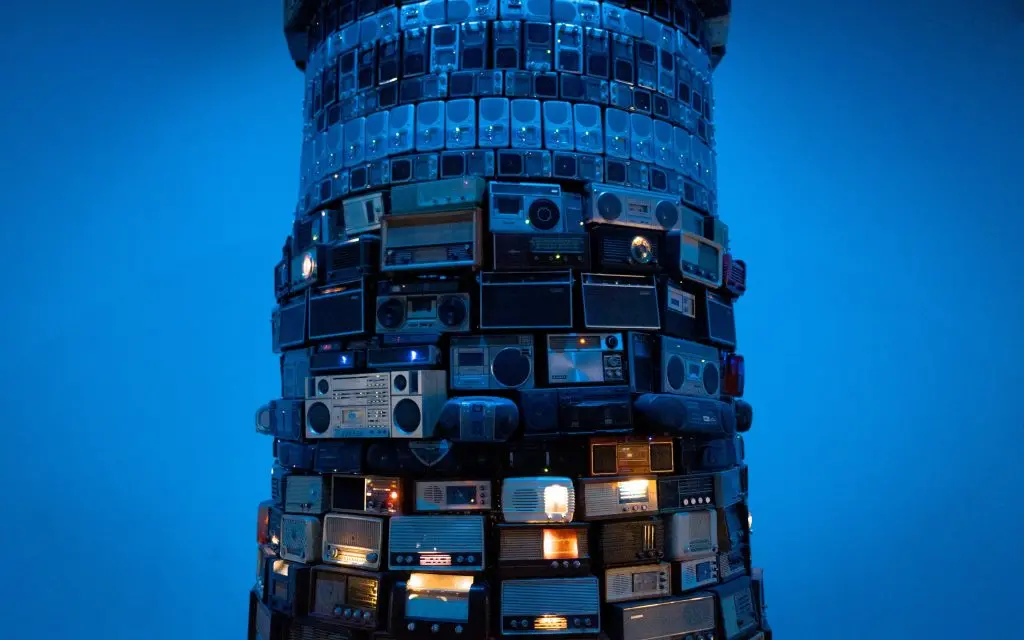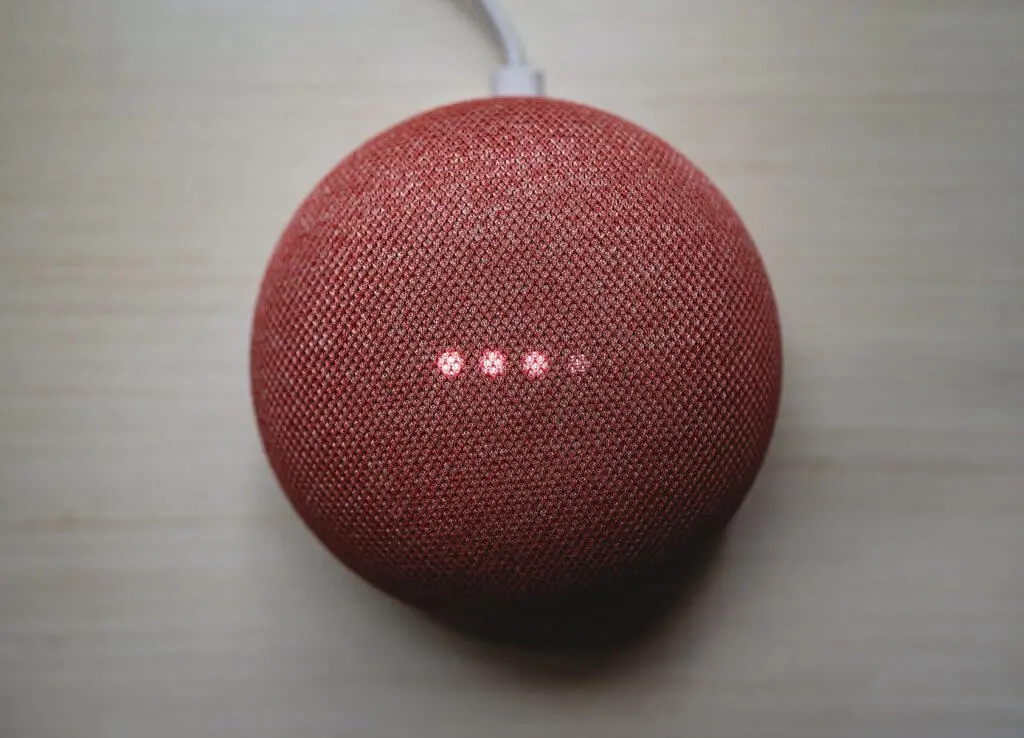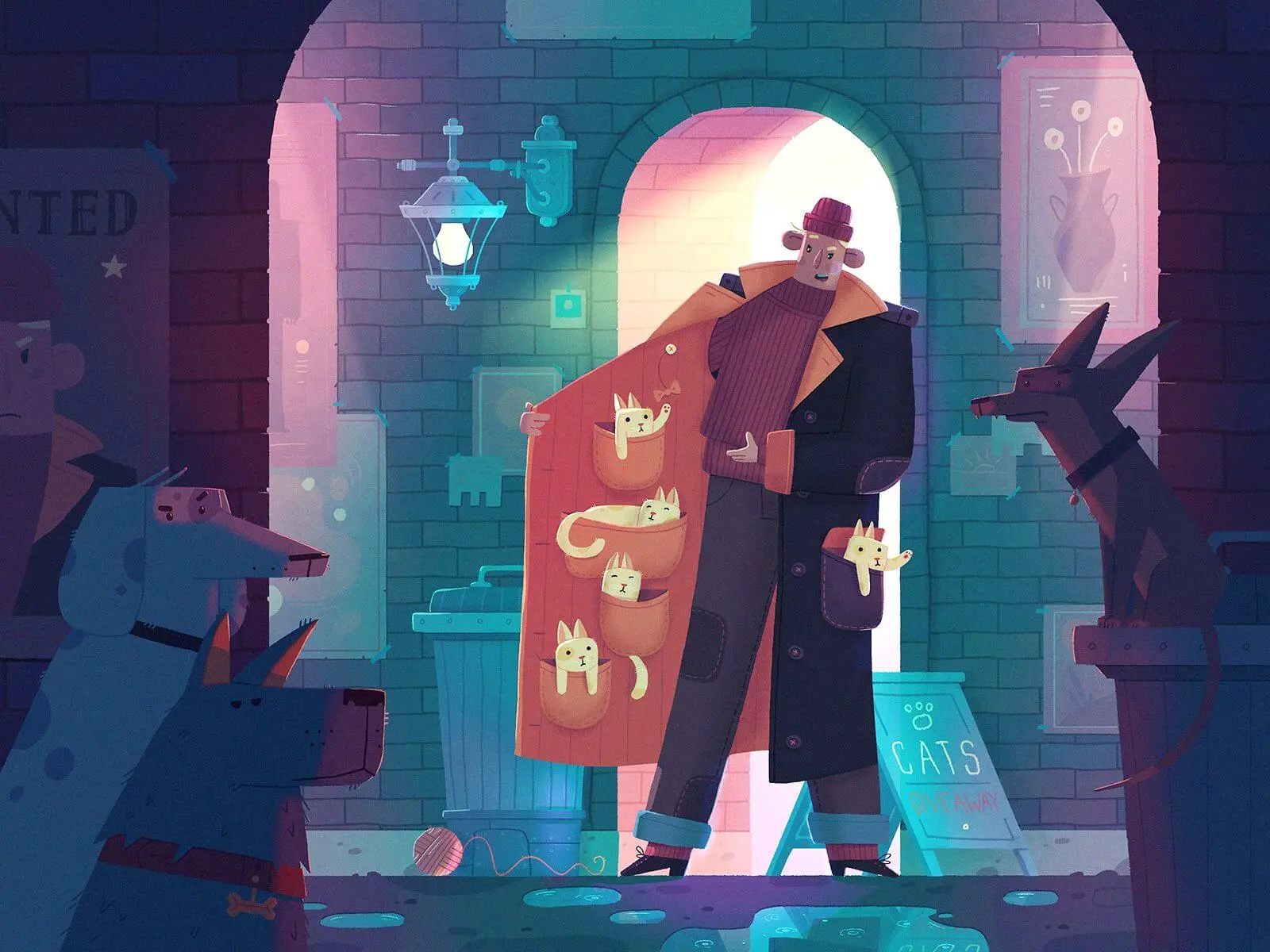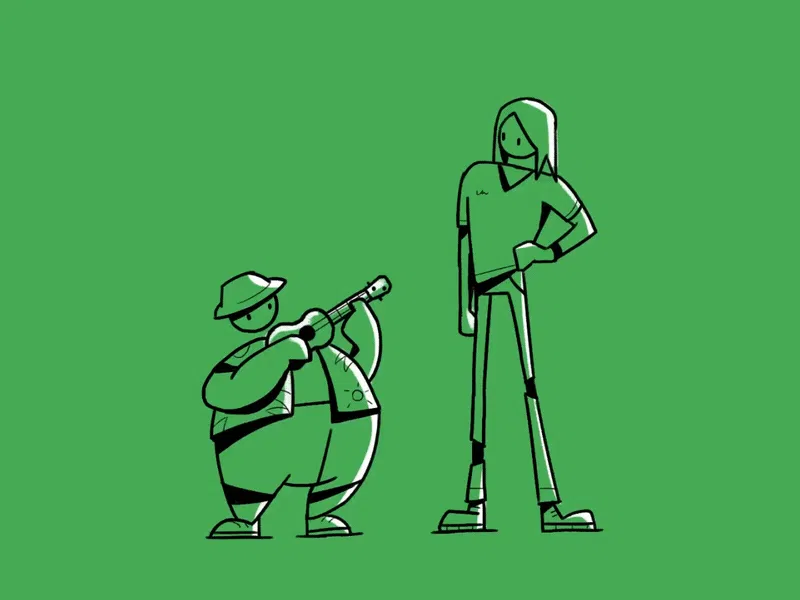Is Digital Advertising Dead? No, It’s Just Reimagined
Digital advertising has significantly changed under the influence of the recent COVID-19 lockdown, the shift of consumer sentiment and personal values. In this article, I’m sharing some of my latest findings in this area.

Advertising has seemed to be something obtrusive. Online user journeys have been interfered by content that is not always relevant. We used to apply adblockers to avoid undesired and too frequent interactions with brands. Is advertising really so bad? Just recently, consumers massively expressed distrust of digital ads, especially during the COVID-19 lockdown when they started spending more time online and being persecuted by ads. It was the moment when some marketers might even be thinking that online advertising is dead. However, it was only a pause to reimagine how brands approach consumers through advertising in the new digital era.
Online advertising has been much affected by digital design evolution, sustainable trends, voice technology, AI development, and new consumer sentiment over the last year. These five trends are reflective of social, technological, and design changes that have taken place in 2020 and 2021.
Animated Videos: Oldies but Goodies
Animated videos aren’t something new in advertising. Brands have been effectively using animated explainer videos in marketing and advertising before. Although this practice has greatly performed and brought conversions, it has also transformed into something innovative under the aforementioned changes. Animation is a very flexible content type that empowers brands to express their uniqueness by supporting it with fun, engaging, and original visuals and narratives. Animated commercials evolved into mini-cartoons with futuristic environments and promotion of strong social ideas behind the product itself.
Not necessarily as detailed and realistic as Disney’s movies, today’s animated videos depict rough shapes, bold fonts, and surrealistic backgrounds instead. Animated advertising has changed, and this transformation is exciting and prosperous. Here is an explainer video for Nexus depicting an adventurous story amid futuristic landscapes in the gaming world.
Interactive Ads That You Want to Click on
Interaction defines modern generations. The stay-at-home lifestyle during the COVID lockdown has just amplified the existing human desire to interact with each other and with brands. Companies that have rethought their approach to advertising earlier and timely adjusted ads for new consumer needs avoided the wave of distrust of online advertising. By providing people with an opportunity to interact with each other and the brand itself through the ad, they addressed new consumer socialization needs.
Interactive content like quizzes, open-ended questions, surveys, contests, giveaways, interactive videos, polls, calculator widgets, etc., can help brands connect with their target audience and drive engagement. An impressive example is an interactive video ad created by Honda.
Ad Optimization for Voice Search

The age of voice technology has arrived. With the advent of voice assistants, the number of online consumers that search using their voice is constantly growing. Digital reality becomes voice-driven. Considering this trend, we can’t ignore the importance of voice search optimization in advertising. The keywords we use to type and to speak are different. Thus, it makes sense to run A/B testing and compare the performance of ads with traditional SEO and voice SEO.
We don’t call for saturating the content with the keywords but just using several of them to adjust the advertisement for what people really search online. Keep in mind that SEO isn’t the optimization for search engines, but it’s optimization for people using them.
Sustainability: Green, Social and Economic
The world is switching to a more socially responsible life in different aspects. The trends of conscious consumerism and impact investing are gaining momentum. Consequently, the “green” wave has influenced how brands market and advertise to their customers too. Modern customers pay attention to brands that offer more than their products or services. They do care about companies which care about the common good and lead initiatives that foster a sustainable future.
The number of socially conscious enterprises is growing, and it naturally affects digital marketing tendencies in general. These brands communicate their social values and green approaches through advertising. We can see “sustainable” ads on social media more frequently today. A great instance of a “sustainable” ad is the promotion of H&M Conscious Collection 2019 made from recycled PET bottles.
The Shift of Targeting Gen Z and Millennials

Gen Z is people born in the mid-to-late 1990s. These growing adults are becoming one of the most impactful segments of consumers in the modern world. They are digital natives born alongside tech innovations. Gen Zers manage a huge part of their life on mobile devices, prefer watching videos to reading written content, and are tech savvier than their predecessors. They don’t trust ads much, but they tend to love brands that care about sustainability in its various manifestations. They expect authenticity, honest conversation, and uniqueness from brands.
Since zoomers will make up the most significant online consumer cohort, many companies start optimizing their marketing and advertising for their tastes and preferences today. Gen Z is an inspiration for changes in many areas, and digital advertising isn’t an exception.
Ads Reimagined with Innovation and New Social Trends in Mind
Modern advertising has made a new turn and much evolved in recent years. Today, we can see new content types like animations, quizzes, open-ended questions, surveys, contests, giveaways, polls, calculator widgets, etc., in online advertising. Many companies start optimizing it for voice search since the number of people who use their voice to search things on Google and other engines increases. The current wave of social and “green” trends in our society has found its reflection in online advertising. Today’s advertising promises to become a kind of digital contemporary art that is very flexible and reflective of social moods and innovative technologies.
Article first appeared on CustomerThink


